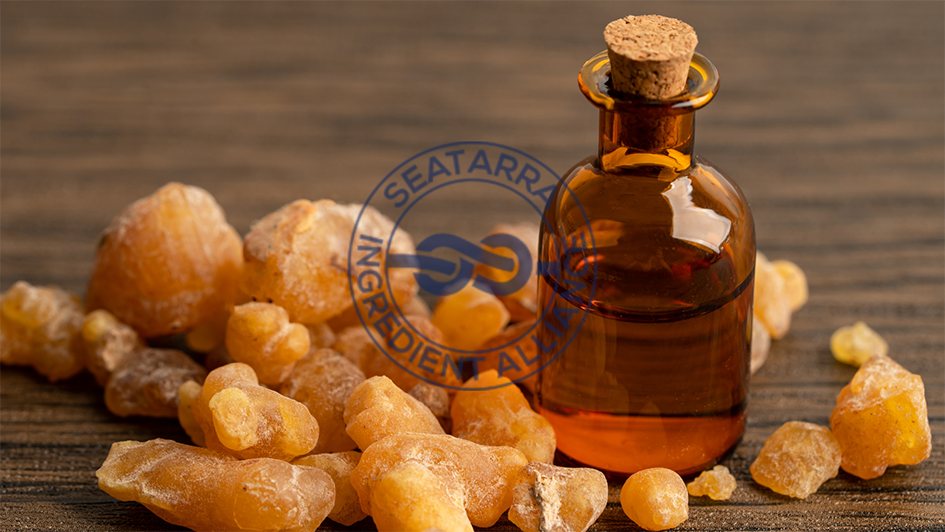
Nature’s Painkillers: Discover Herbal Remedies for Chronic Pain
Chronic pain is an affliction that impacts millions of people worldwide, significantly reducing their quality of life. Traditional painkillers can provide relief, but they often come with side effects and the potential for dependency. As a result, many are turning to natural alternatives for pain management. Herbal remedies offer a promising solution, harnessing the power of nature to alleviate pain through mechanisms that range from reducing inflammation to blocking pain signals. This comprehensive guide explores various herbs known for their pain-relieving properties and how to effectively integrate them into your pain management regimen.
Understanding Chronic Pain and Its Natural Treatments
Chronic pain can arise from various conditions, including arthritis, fibromyalgia, migraine, and neuropathic pain. It often requires a multifaceted approach to treatment, encompassing lifestyle changes, physical therapy, and sometimes medication. Herbs complement these strategies by addressing pain through natural compounds that have fewer side effects and enhance overall well-being.
Key Herbs for Chronic Pain Management
Herbs have been used for centuries to treat pain and inflammation. The following are some of the most effective herbal remedies for managing chronic pain:
1. Turmeric (Curcuma longa)
Turmeric contains curcumin, a compound with powerful anti-inflammatory and antioxidant properties, making it ideal for treating conditions like arthritis and joint pain.
- Benefits: Reduces inflammation, alleviates pain, and supports joint health.
- How to Use: Incorporate turmeric into your diet or take it as a supplement, ideally combined with black pepper to enhance absorption. Turmeric can also be applied topically in a paste for localized pain relief.
2. Ginger (Zingiber officinale)
Ginger is another potent anti-inflammatory herb that can help reduce pain associated with arthritis, headaches, and menstrual cramps.
- Benefits: Eases inflammation, reduces nausea, and offers pain relief similar to over-the-counter pain relievers.
- How to Use: Ginger can be consumed fresh, dried, or as a supplement. It can also be brewed into tea or used in cooking.
3. Boswellia (Boswellia serrata)
Also known as Indian frankincense, Boswellia has been shown to prevent the formation of inflammatory chemicals in the body. It’s particularly effective in treating inflammatory conditions such as rheumatoid arthritis.
- Benefits: Provides anti-inflammatory benefits, reduces joint and arthritic pain.
- How to Use: Boswellia is available in resin form or as a supplement (often in capsules).
4. Devil’s Claw (Harpagophytum procumbens)
Devil’s claw is a South African herb known for its anti-inflammatory and analgesic properties, making it effective for back pain and other musculoskeletal conditions.
- Benefits: Reduces inflammation, eases arthritic pain, and enhances mobility.
- How to Use: Typically taken as a capsule or tablet, devil’s claw can also be brewed as tea.
5. Capsaicin (from chili peppers)
Capsaicin is the active component in chili peppers that makes them hot. Used topically, it depletes the nerve endings of substance P, a chemical involved in conveying pain sensations to the brain.
- Benefits: Provides temporary relief from nerve, muscle, and joint pain.
- How to Use: Capsaicin is available in over-the-counter creams and patches for topical use.
6. White Willow Bark (Salix alba)
Often referred to as “nature’s aspirin,” white willow bark contains salicin, which in the body is metabolized into salicylic acid (the active ingredient in aspirin).
- Benefits: Relieves pain, reduces inflammation, and can ease headaches and low-back pain.
- How to Use: White willow bark can be taken as a capsule, tincture, or tea. It should be used cautiously as it may interact with other medications.
Integrating Herbal Remedies Into Your Pain Management Plan
- Consult with Healthcare Providers: Before starting any new herbal treatment, especially if you are already on pain medications, consult with a healthcare provider.
- Start Slowly: Begin with small doses to see how your body reacts and gradually increase as needed.
- Lifestyle Integration: Combine herbal remedies with physical therapy, exercise, and a balanced diet for the best results in managing chronic pain.
- Quality Matters: Use high-quality, organic herbs to ensure purity and potency.
Conclusion
Herbal remedies offer a viable alternative to traditional painkillers, providing relief from chronic pain with fewer side effects. By understanding and utilizing herbs like turmeric, ginger, Boswellia, devil’s claw, capsaicin, and white willow bark, individuals suffering from chronic pain can find significant relief. These natural painkillers not only alleviate pain but also contribute to a holistic approach to health, emphasizing the body’s innate healing abilities.



